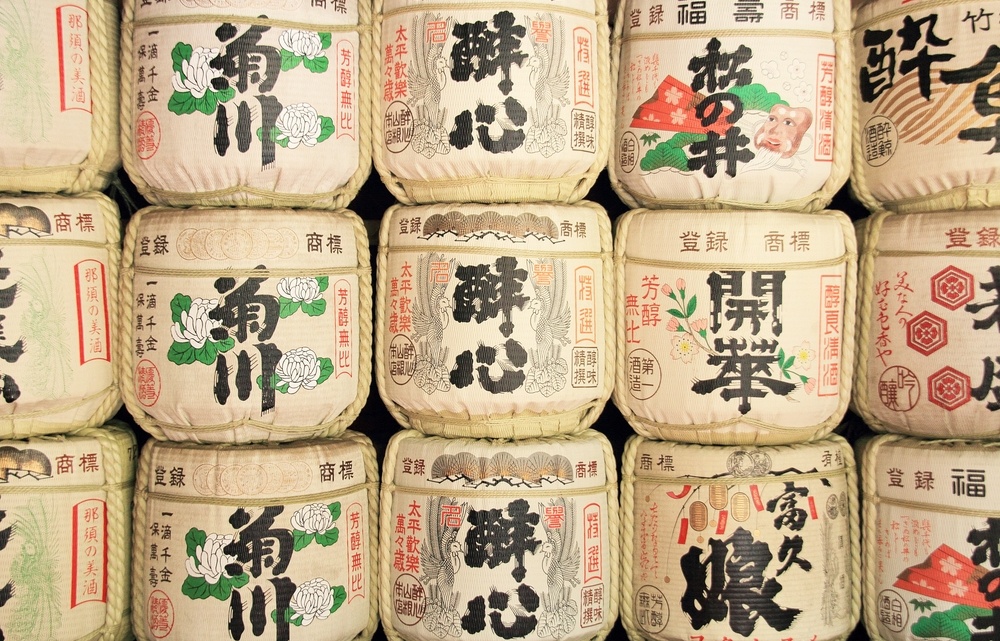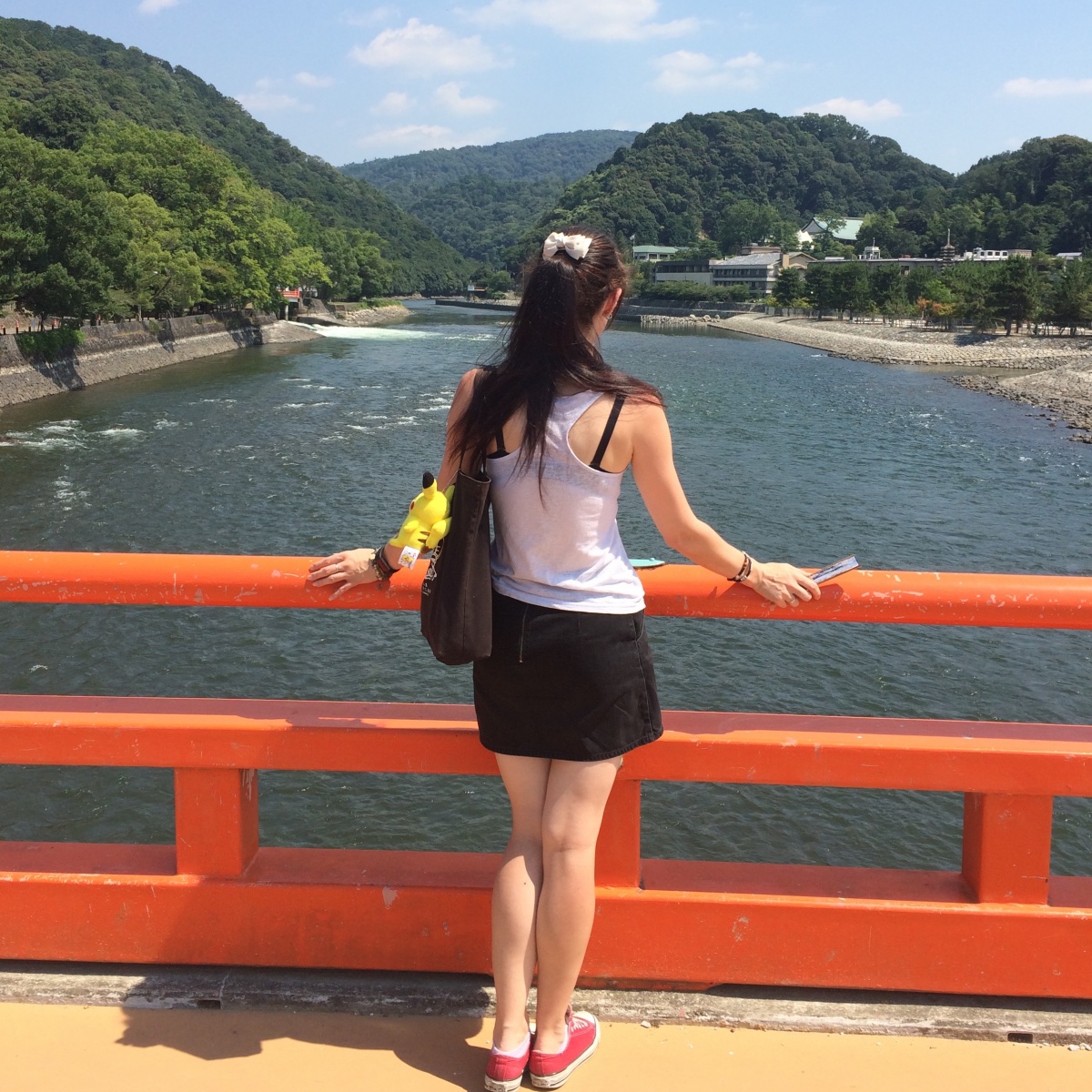Fushimi: Come to the Shrine, Stay for the Sake
These days, the name Fushimi has become almost synonymous with Fushimi Inari Taisha. One look at the iconic tunnels of vermillion torii gates and it’s easy to see why the shrine is the area’s most popular attraction. However, Fushimi is also home to one of the top sake-producing districts in Japan. Here’s our guide to this historic locale.
By Ashley Owen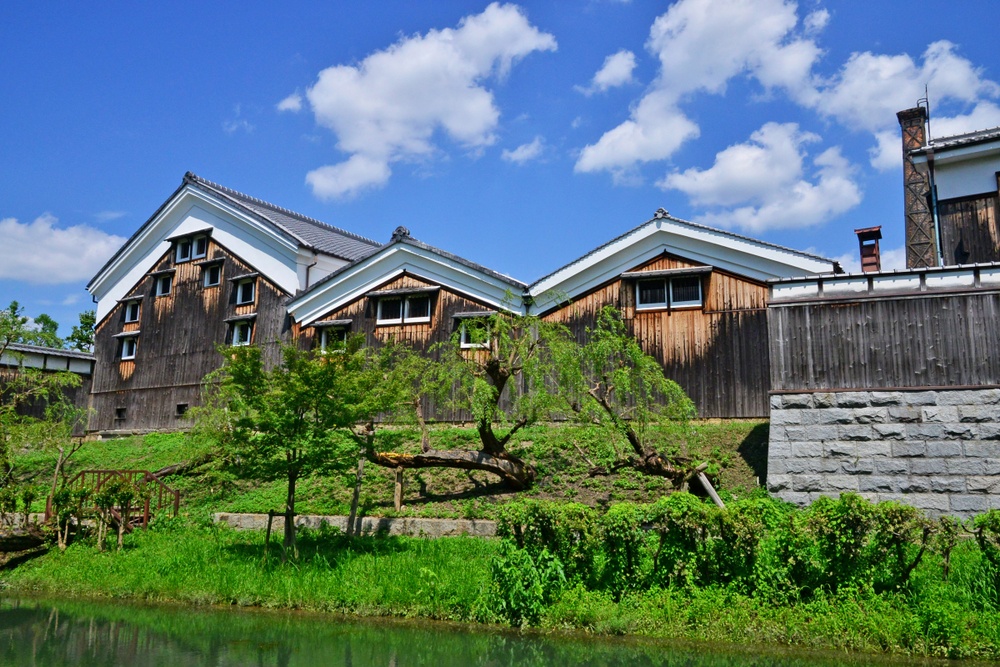
https://www.shutterstock.com/
Fushimi’s sake district lies to the south of Fushimi Inari Taisha, in a quieter part of town where traditional wooden buildings line the streets and delicate willow trees line the adjacent riverbanks. The area’s location at the intersection of three main rivers—the Kamo, Katsura and Uji rivers, respectively—is the main reason why the sake produced here is so revered. The water that flows up from underground springs and on through the waterways is renowned for being particularly clean, soft and mellow, making it ideal for brewing.
The Breweries
Locals have really made the most of the purity of their water, and there are nearly 40 sake breweries in Fushimi. Many of these have on-site stores selling popular and exclusive products, museums where you can learn more about the brewing process, as well as free tasting sessions for sampling the finished product.
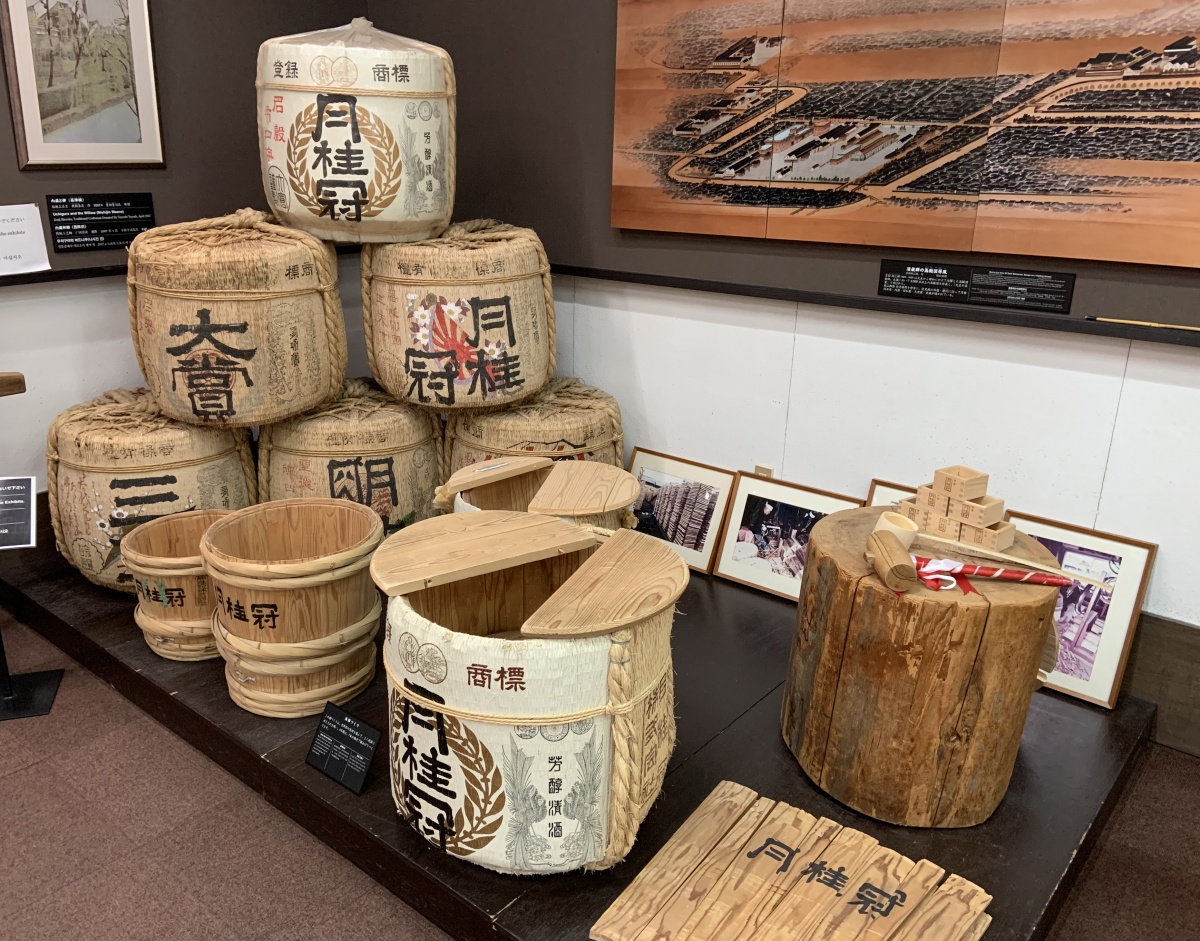
One of the best breweries to visit is the Gekkeikan Okura Sake Museum. They have a great self-guided tour, with plenty of interesting exhibits and good English-language provision. The nominal entrance fee of ¥600 includes a small souvenir, and the tour finishes with a tasting line-up of some of both their regular beverages and special seasonal ones.
On the other hand, if craft beer is more your style you should drop by Kizakura Kappa Country. As well as sake they brew a fantastic range of craft beer, which you can try in their lively restaurant or purchase from the shop after a look around their free museum. The matcha beer in particular is a unique way to enjoy a traditional Japanese ingredient.
Other attractions
It’s not all about the booze! For a leisurely tour of the area, and a closer look at its fabled water, try a jikkokubune river cruise. Several of the flat-bottomed canal boats that were once used to transport sake from the breweries have been repurposed for tourists, taking you on a one-hour cruise broken up by a museum stop.
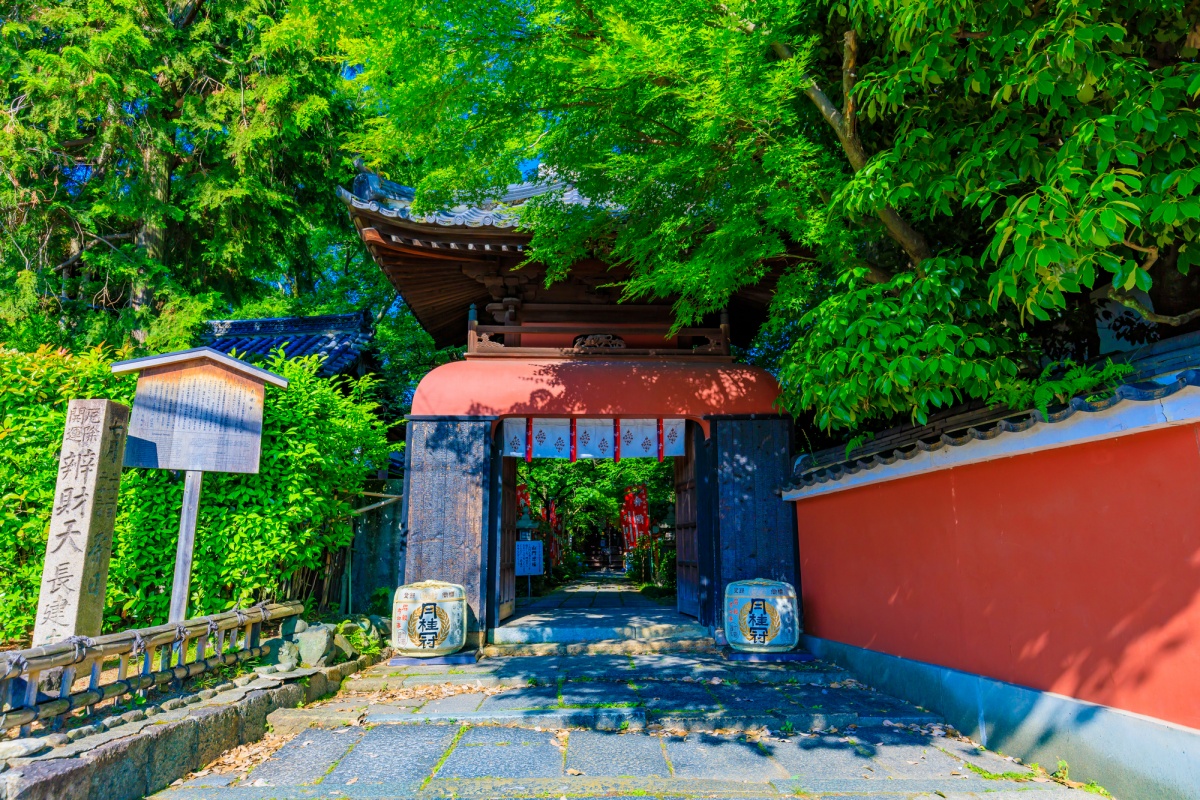
https://pixta.jp/
Just next to the river, the charming Choken-ji Temple is also well worth a visit. Surrounded by red walls and gingko trees, it’s dedicated to Benzaiten, the goddess of art and knowledge. She is the only female deity within the seven lucky gods of Japanese mythology, and represents the virtue of joy.
The temple grounds are small but sweet. Those of you with a keen eye might spot a tiny figure of Mary, the mother of Jesus, hidden on one of the lanterns there. This is a relic from the Edo Period, when Christianity was banned and its followers had to find surreptitious ways to worship.
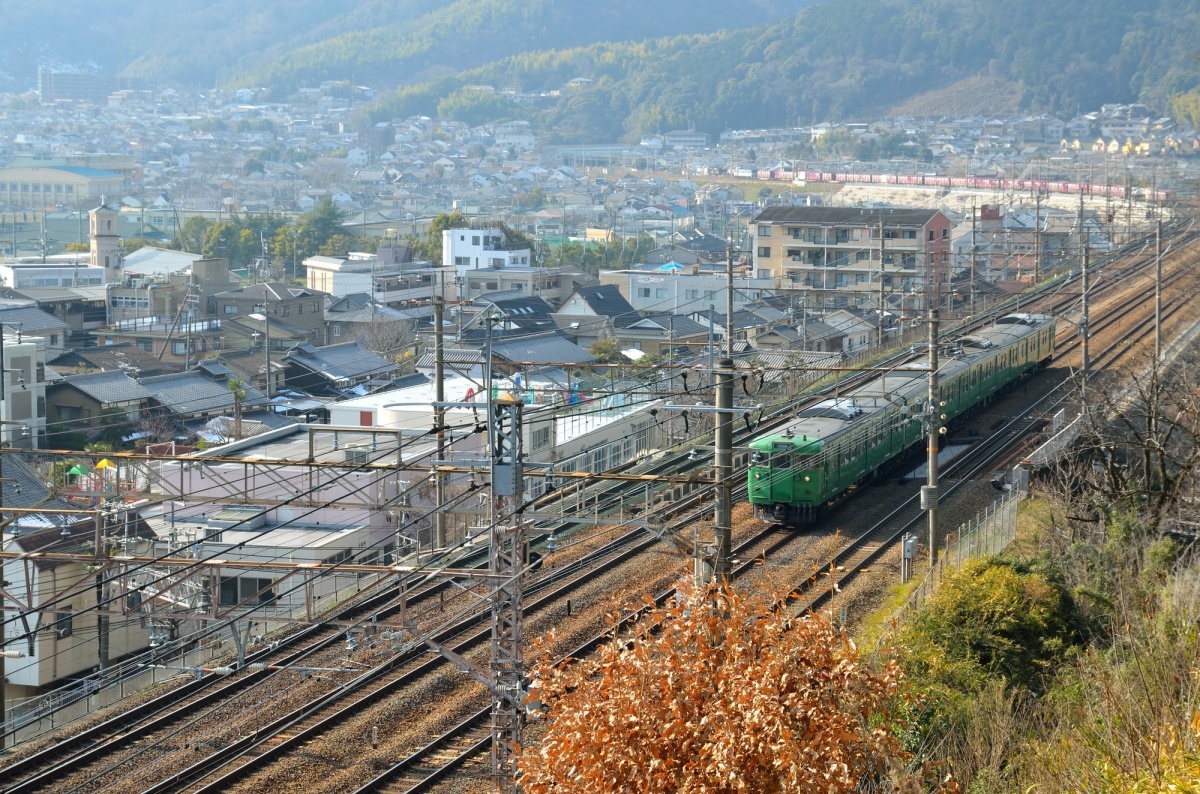
https://pixta.jp/
Getting There
The nearest stations are Chushojima in the south of the district, and Fushimi-Momoyama in the north.
Direct trains run from Sanjo Station station to Chushojima on the Keihan Main Line. For Fushimi-Momoyama, take the Kintetsu-Kyoto line from Kyoto Station. Both journeys take around 15 minutes.
Whichever station you go to, you will have about a 5-10 minute walk to the sake district.


